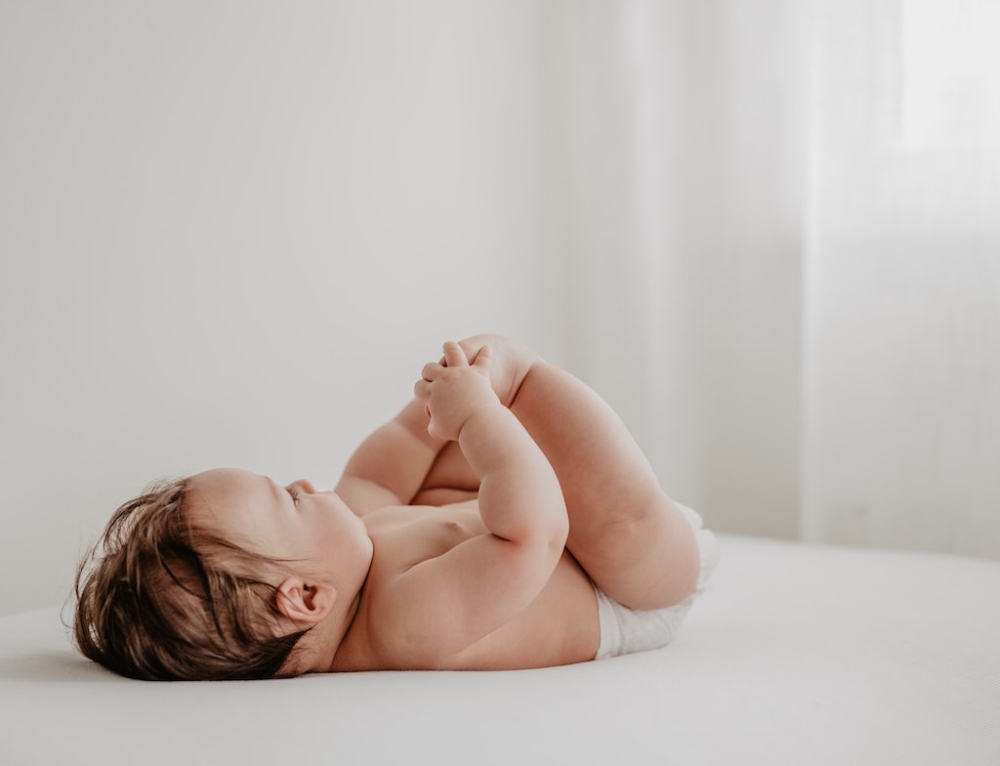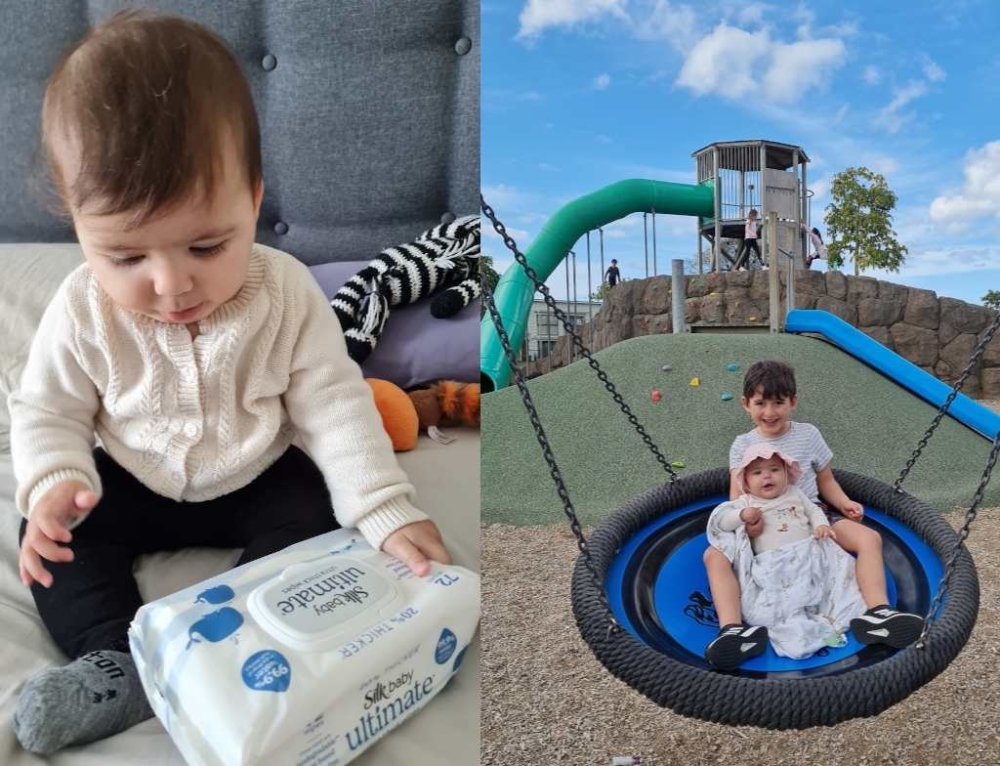Back in the day, the safety-pin closure material of cloth nappies was messy and difficult. Later, the convenience of disposable nappies was a godsend to parents! But increasingly, modern parents are steering away from the harsh materials and landfill contribution that comes along with disposable nappies.
Thankfully, there are a slew of new, convenient options for those looking for an eco-friendly and safe alternative. It cant be a trial-and-error in finding the brand and style that best fits your baby and lifestyle though. Before you make such an investment, see if the brand offers smaller trial packs. Here are a few of the options available to you:
Fitted cloth nappies
Fitted cloth nappies are quite similar to disposables so may be the easiest option for parents new to cloth nappies. A major advantage of one-size nappies is that they grow from infancy to toilet training, making them one of the most economical while still being easy to use. For those looking for the simplest option, try fitted cloth nappies, which don’t require any stuffing or lengthy assembly process. Use it as you would a disposable, except that you can throw it in the wash instead of the bin.
Traditional nappies or prefolds
Prefold nappies or the traditional flat square cloth nappies, are hands-down the most economical, but also the most time consuming. Prefolds are pieces of cloth that have been folded and sewn for extra absorbency, and require some type of closure or cover. Folding your own nappies can seem tricky at first, but it can help if you have them folded stacked and ready to use at your nappy table. For some ideas on folding, visit The Nappy Lady on YouTube. Prefolds and flat cloth nappies are an absorbent, affordable, multi-functioning option. Instead of spending upwards of $1,000 to get started on a cloth nappy system, most prefolds will cost no more than $200 from birth to potty training. And if you don’t like them? Use them as burp cloths, bibs or cleaning rags.
Hybrid nappies
More cloth nappy companies are coming out with hybrid systems, providing the convenience of a disposable but with the eco-friendly nature of cloth. Sometimes the piles of laundry or a bout of diarrhoea makes cloth nappies extremely unappealing, so some companies are now offering flushable, compostable and biodegradable inserts that are free of harsh chemicals or plastic. The inserts are made to fit into reusable nappy covers that also accommodate cloth inserts. Biodegradable inserts break down in 50 to 150 days, while disposable nappies sit in landfills for 500 years.
So here’s what you need to know:
- there is a huge range of cloth nappy systems available in New Zealand; from the traditional cloth nappy through to quite sophisticated products that are easy to use. Some of the modern cloth nappies are just like their disposable counterparts, and some even outperform them!
- many of the cloth nappy systems have a ‘starter pack’ which is useful for getting started
- it is possible to hire newborn cloth nappy kits
- cloth nappy systems are available to purchase online and the website will usually contain detailed information about the system , its benefits and how to use it
- a good quality cloth nappy will be washed around 300 times or more
- you can use a one-way liner to keep your baby’s bottom dry and protect the nappy from staining
- be careful what detergent you use – remember these are going on your baby’s sensitive toosh
- you can get cloth nappies in cotton, bamboo, hemp, micro fibre, or a combination. All fabrics have an impact on the environment during production, so do your research if you’re concerned







Leave A Comment
You must be logged in to post a comment.